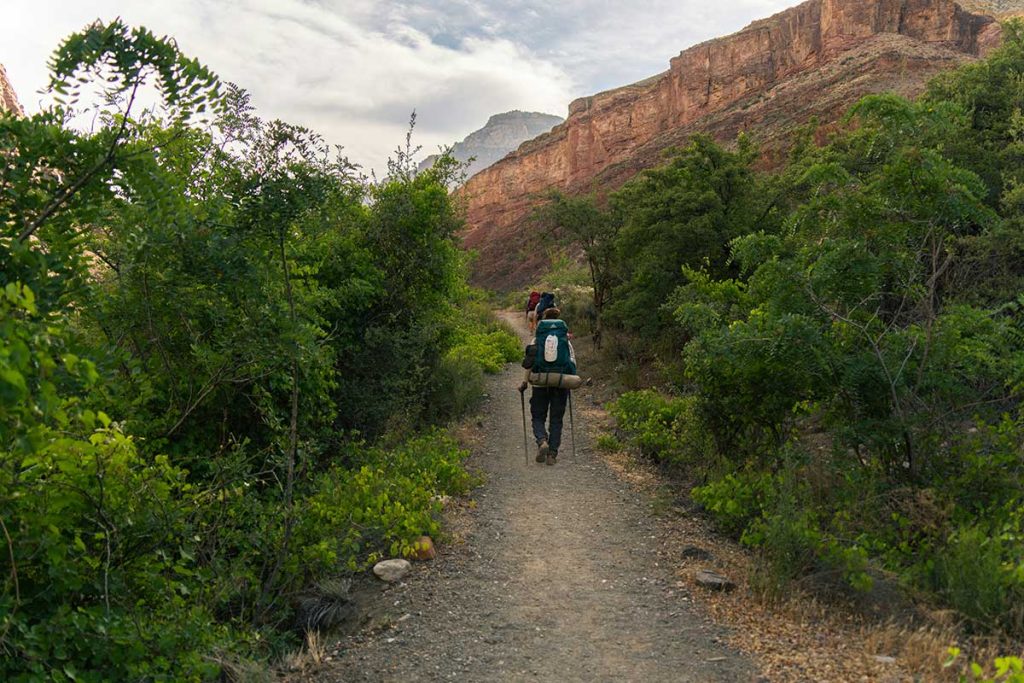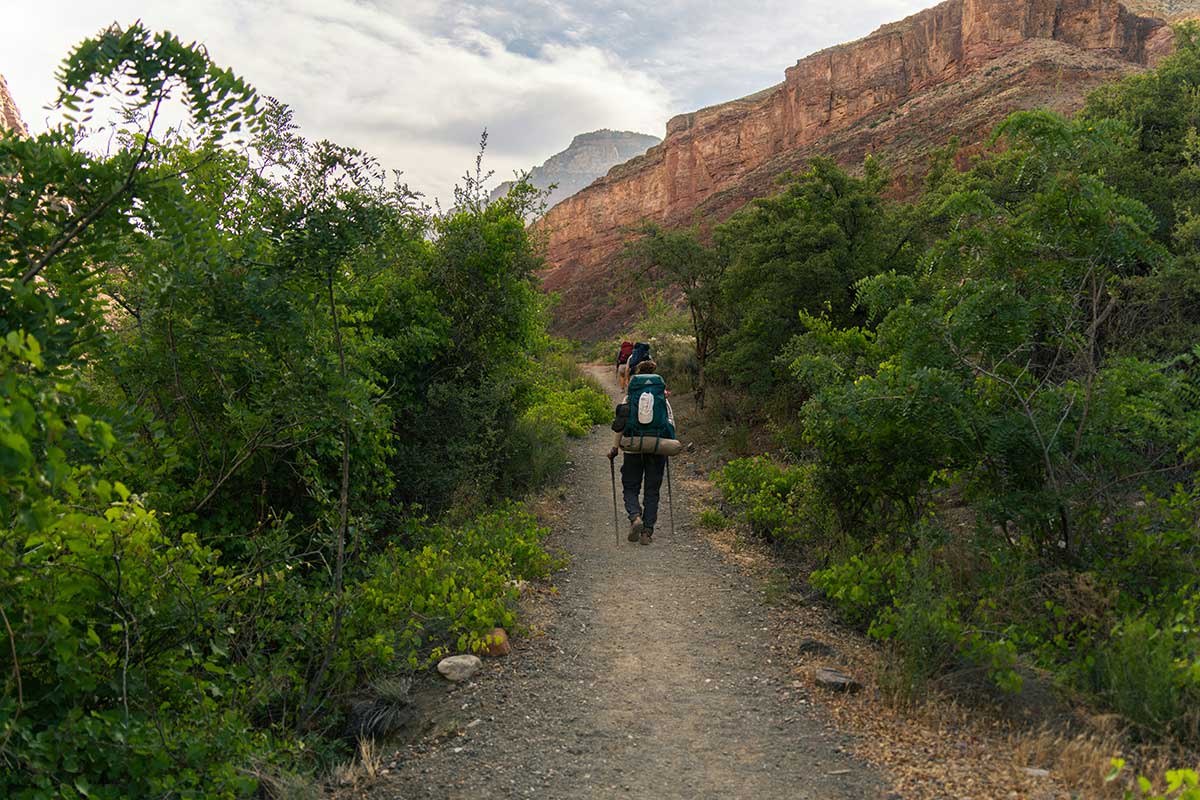Following up on my previous article, here is my plan for getting ready to hike the Grand Canyon. The Grand Canyon is not to be trifled with; rugged, uneven trails will test even your most ancillary muscles. Serious elevation changes will test your leg strength and endurance.
Whether you’re training for a rim-to-rim adventure or a day hike, your body needs to be ready for the challenge. Prepping for this trek isn’t just about hitting a trail more often—it’s about building a foundation of endurance, strength, and balance. And from experience, training downhill segments is usually the most overlooked. Here’s my take on a basic workout plan to get you ready, with exercises meant to simulate the demands of the Grand Canyon.
Mindset
Start with the proper mindset. Be fully aware that hiking the Grand Canyon will test you beyond anything you can imagine. This is especially true if it’s your first time. The trails you will encounter will be steep and uneven. Your training should prepare you for these conditions.
Timetable
Your goal should be to train 4–5 days a week, alternating between gym sessions and outdoor practice for 8–12 weeks before your trip. This timeline allows your muscles and joints time to adapt without overexertion.
Cardio
Cardiovascular endurance is your main priority. The Canyon’s trails go on for hours. The elevation changes are extreme and will leave even experienced hikers winded. To build stamina, incorporate 2–3 sessions of aerobic exercise weekly. Trail running on uneven terrain is essential. Uneven trails will force you to use secondary and tertiary muscles that are usually difficult to target in the gym.
If trails aren’t accessible, use a treadmill with a 10–15% incline to simulate uphill trails and try to vary your stepping pattern as much as possible. A good starting point would be 30-minute workouts and gradually increase to 60 minutes. To add to the variety, also try the stair climber. One good alternative is to find a local stadium and run the steps and ramps.
Strength Training
Strength training is also essential. Your legs, core, and upper body will carry you—and your backpack—through hours of rugged hiking. Try to focus on movements that target multiple muscle groups. Squats are a cornerstone: they build quads, hamstrings, and glutes for powering up your largest muscle group. Do 3 sets of 12–15 reps with bodyweight or add dumbbells as you progress.
Lunges are the perfect exercise for training for a hike- especially walking lunges. They mimic the forward motion of hiking while strengthening and stabilizing muscles. Try doing sets of 3 where you are maxing out by rep 10 or 12. Add weight to your workout to simulate a loaded backpack.
Step-ups onto a sturdy bench or box (12–18 inches high) are ideal for developing the single-leg strength required for uneven terrain and long stepping stones. Aim for 3 sets where you are maxing out before rep #15. Keep your movements controlled and smooth.
Core
Your core is your body’s natural stabilizer. Planks are a simple and effective way to target your core. My go-to would be a forearm plank for 60 seconds, 3 times, focusing on keeping your hips level. Side planks are also an effective way to target the obliques. For a more intense workout, try mountain climbers: 3 sets of 30 seconds at a quick pace to build endurance and coordination.

Get Outdoors
Outdoor practice is where your training comes together. Find a local trail with elevation gain. Also, carry a backpack similar to what you will use on your trip. Start with 3–5 miles and build to 8–10 miles. Try to focus on maintaining a steady pace similar to what you believe will be required for your itinerary. Also, concentrate on proper and varied foot placement to work all those ancillary muscles. If you’re near a sandy or rocky area, this will provide even better practice. These hikes also allow you to test your gear, including boots, socks, and trekking poles.
Recovery
Recovery is as crucial as training. The Canyon’s trails are relentless, and you will regret overtraining. Schedule at least one full rest day per week. Hydration and nutrition matter too—practice your fueling routine with trail snacks and energy bars. Find out now what works and what doesn’t.
Taper Training
As your trip nears, taper your training. In the final two weeks, reduce your workout intensity to allow your body to recover while maintaining light hikes or walks. This will ensure your body is fresh for the Canyon.
Enjoy your hike and thrive.



